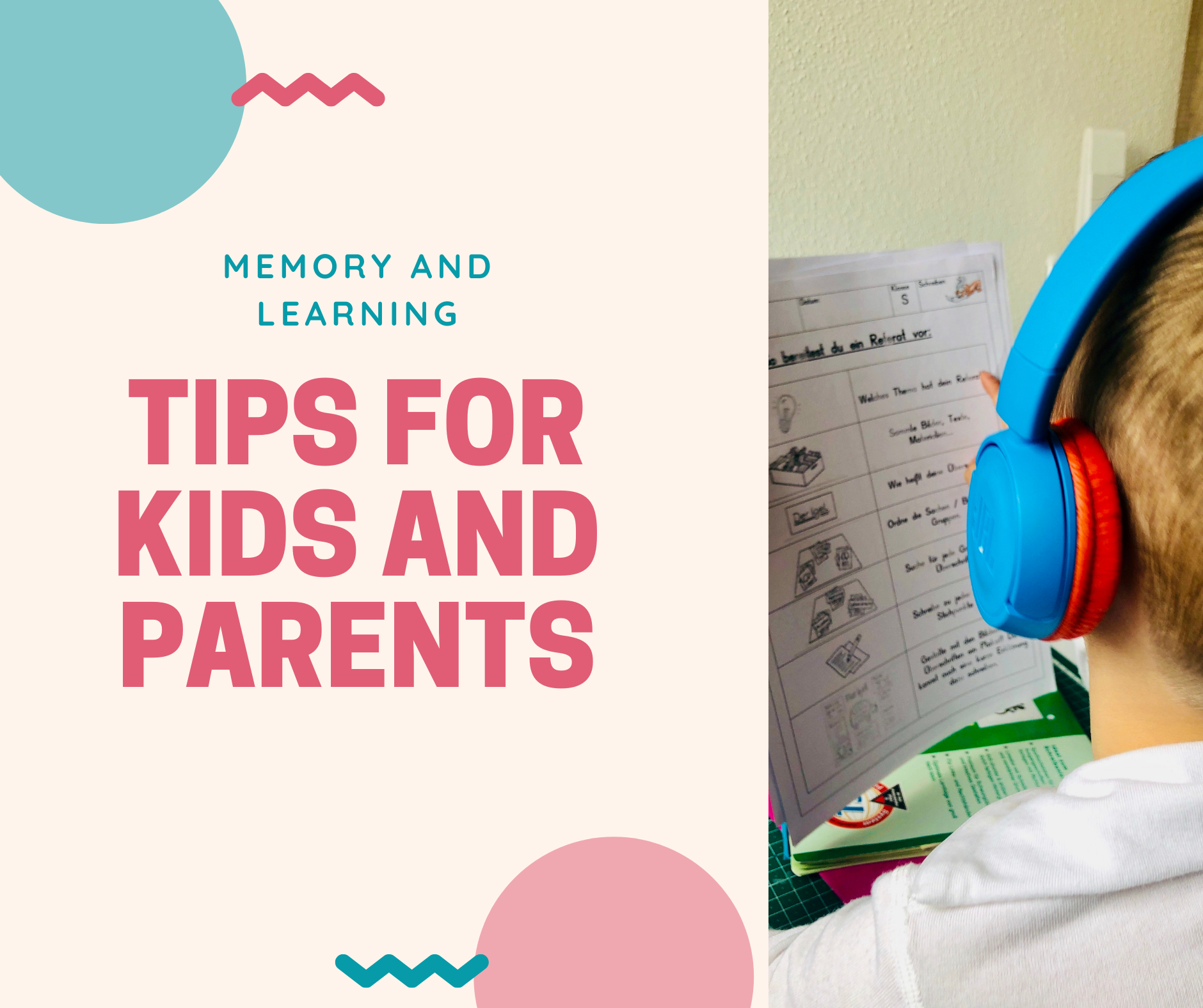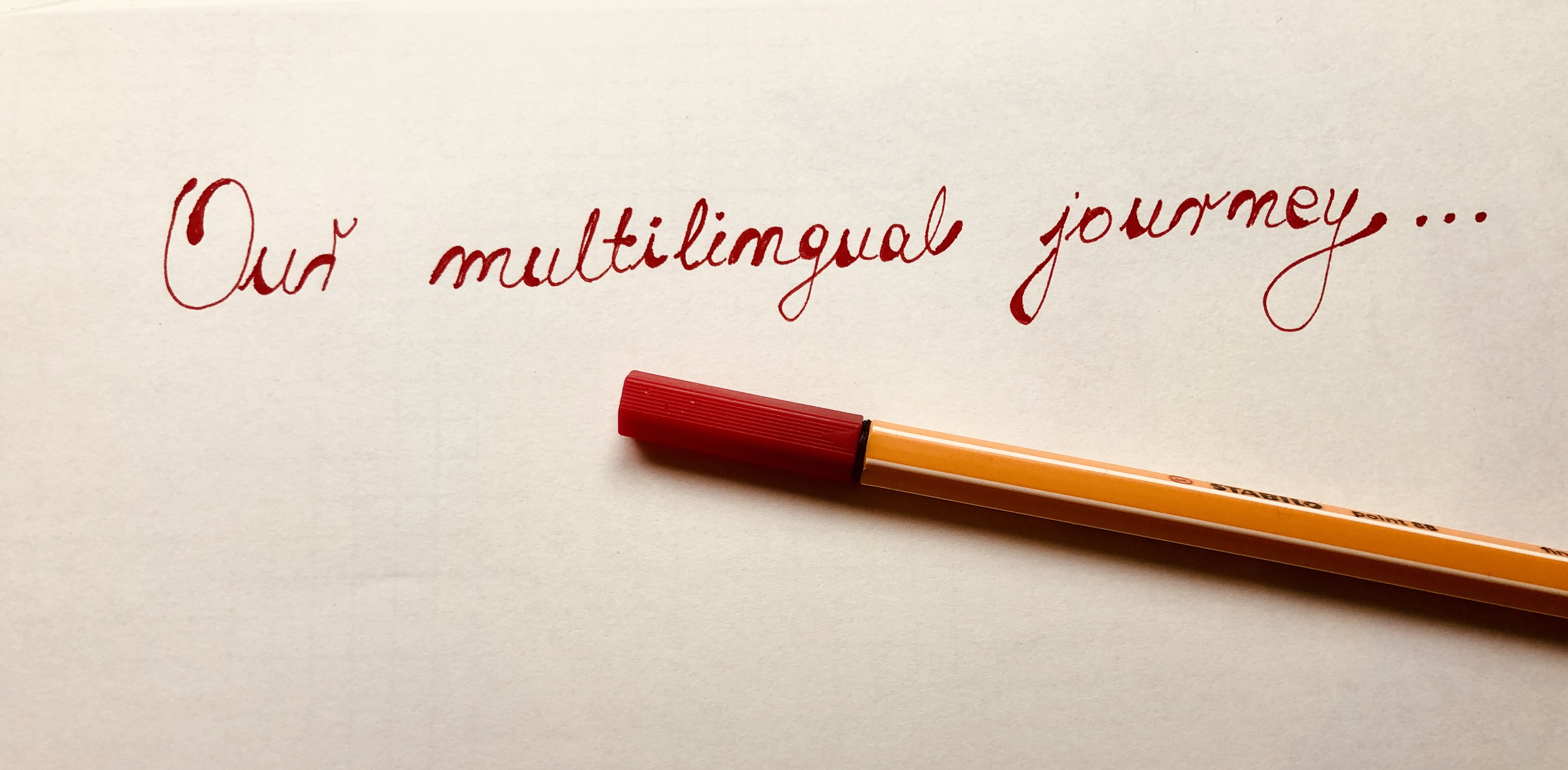How Many Toys is Enough - Research and Practice
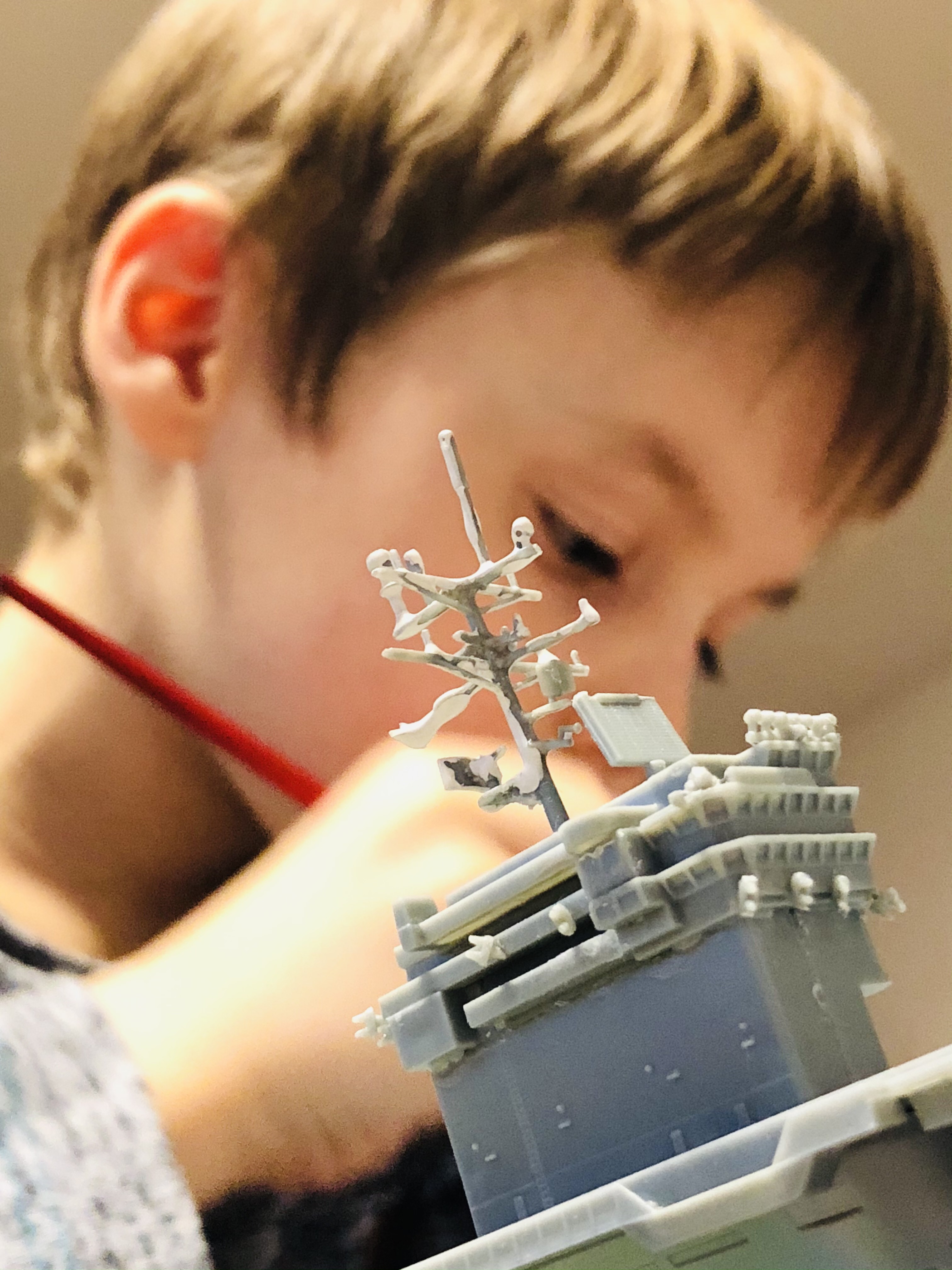
A few days ago, Einstein E told me that he doesn't need any toys to be happy. He only needs Revell models. Thousands of them. I've seen the benefits of this serious work (or maybe play?) while he is deep into building his models. Some of them include focus and concentration, earning and saving money to buy them, bonding with his daddy who does the glueing... So, I don't object to this idea of not wanting any toys.
Ok, maybe a thousand Revell boxes and models is a bit too many, but these truly are interesting...items? Toys?

First, what is a toy? The usual definition is ‘something for a child to play with’. This is a pretty vague definition, isn't it? In this sense, a toy can be a stick your kid finds in a forest and pretends it's a snake. Or, it can be the latest super ultimate play-set that will lighten your wallet. In this article, a toy is a model or miniature replica of something designed for children to use for play. And, according to Professor Trawick-Smith, about 90% of preschool children’s play in the United States involves a toy.[i] So, how many is too many?
It seems that in terms of the number of toys, fewer is better.
Now that I think of Eistein E's statement about toys, I think that he was so confident to say such a thing because there are quite a few in his room.
However, having only a few toys may help young children to focus better and play more creatively. When provided with fewer toys in the environment, toddlers engage in longer periods of play with a single toy, allowing for better focus to explore and play more creatively.[ii] Also, Professor Trawick-Smith continues, the type of toy is very important. Hardwood blocks, a set of wooden vehicles and road signs, and classic wooden construction toys are relatively open-ended, so children can use them in multiple ways.
In our experience, being minimalistic with toys was easier said than done.
From zero to a thousand We started with zero toys. In the beginning, Power P and Einstein E played with their hands and feet. Then their brother’s hands and feet. Sometimes their socks. 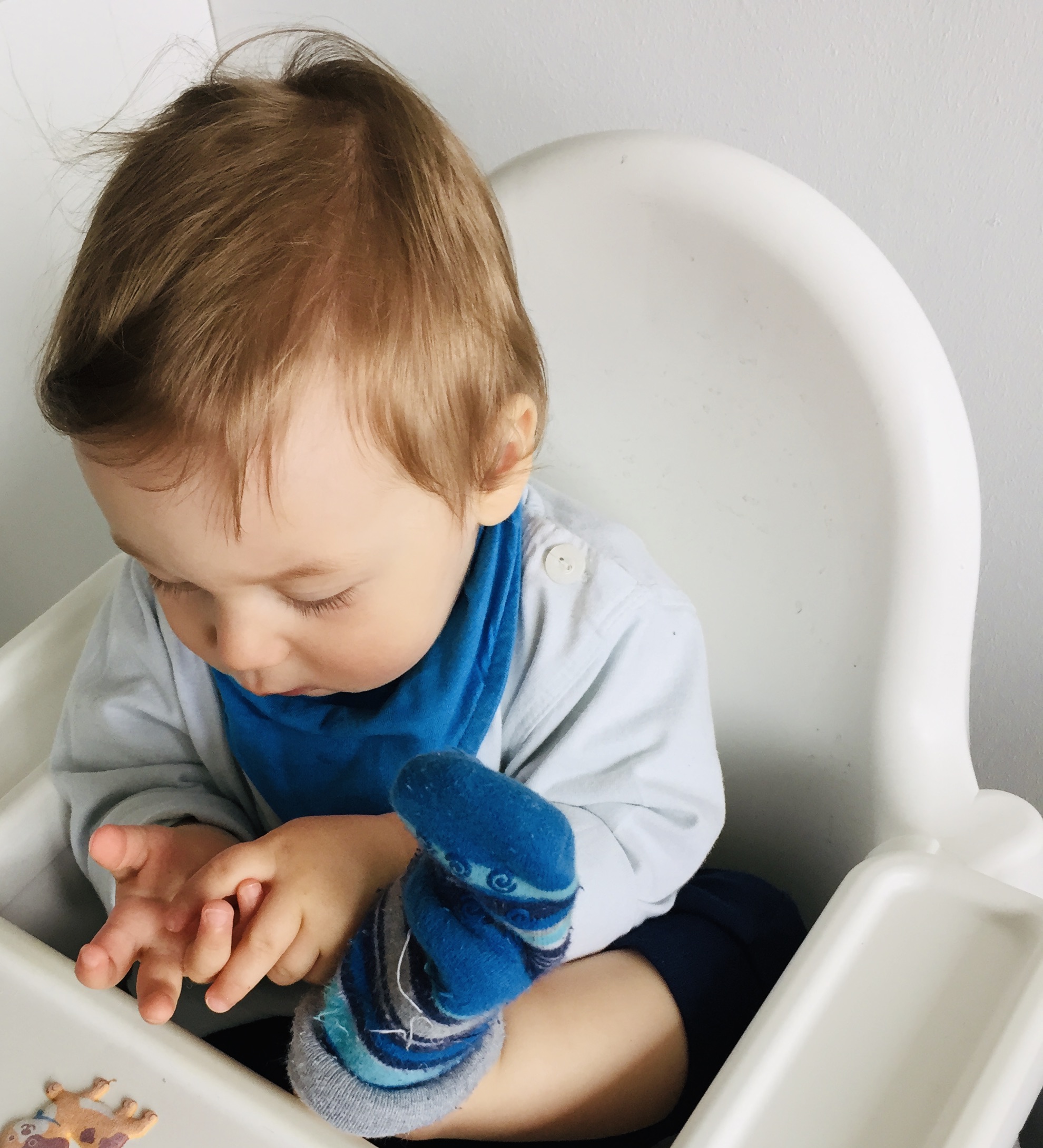 After that, a bottle filled with rice, an empty paper bag, sometimes food containers and their lids were the best toys for them. Still, no 'traditional' toys for kids. We actually believed that we could pull this “fewer is better” thing off. How naive of us. Before we knew it, our apartment was filled with Legos, Kapla, cars, wooden trains, electric trains, dolls, tea sets, dinosaurs, stuffed animals, rocket models, Lord of the Rings figures, board games, Gravitrax, and much more. When our children play, starting with zero toys and a clean living room is a very common scenario. First, they decide to build a railway and play with trains. Suddenly, one part of the railway breaks, and cranes, trucks, and excavators from another toy box have to come and help out. As they are driving to the scene, a tyre breaks, and they have to go to the garage to fix it. But there is no garage. So, it has to be built, which means three boxes of Lego blocks should come out. After building a garage and fixing the tyre, the truck is ready to continue to the broken railway. But the road is filled with dinosaurs and they need more machine power to pass them. Finally, when they arrive, there isn’t enough building material. Again, a box of Kapla is in use. 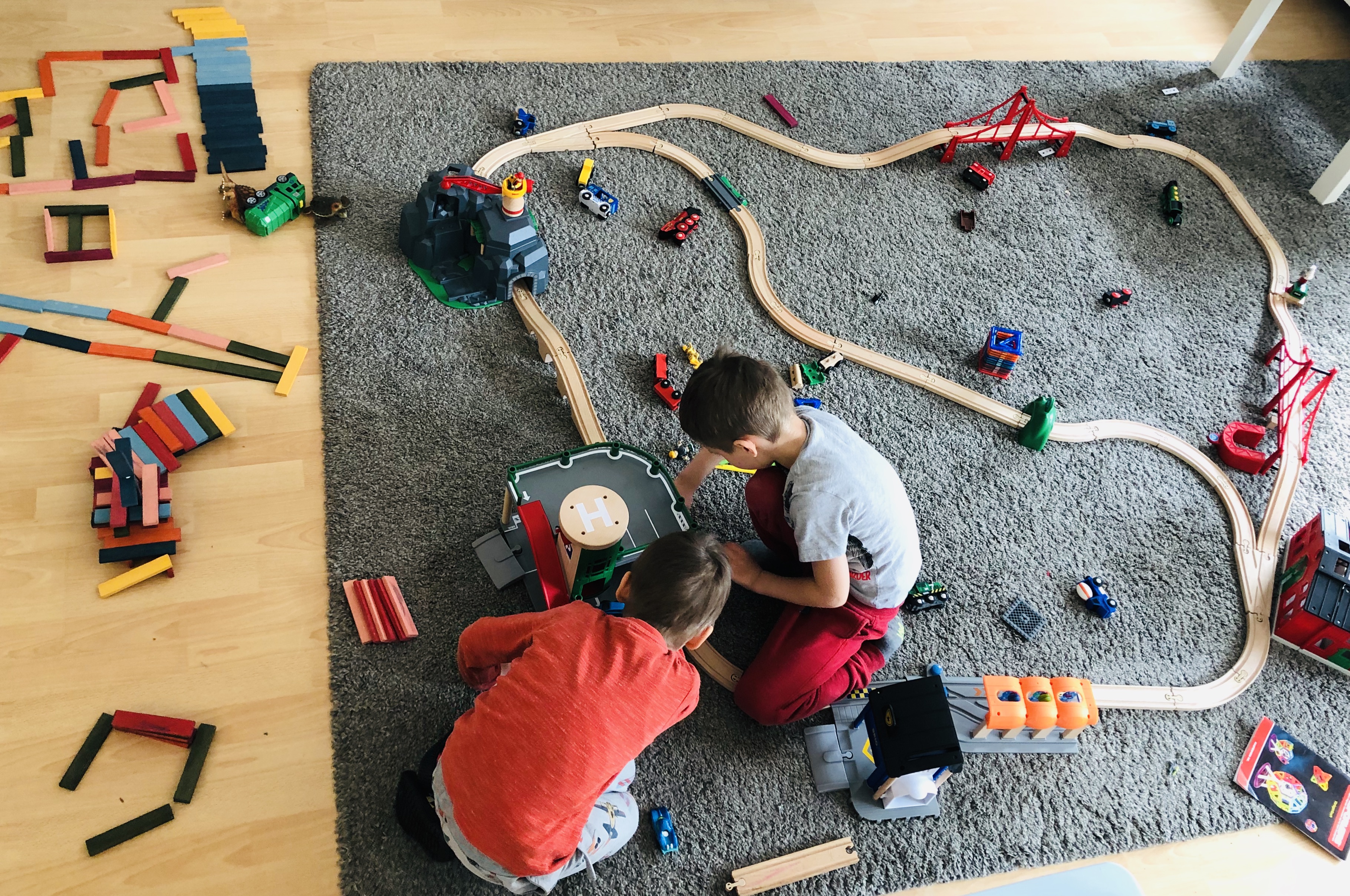 Now there is too much material, and they have to expand the railway. Such a good reason to use all the chairs and the kitchen table as tunnels and bridges. When the railway is finally fixed, our flat is crowded with furniture and toys, all from different boxes and sets. |
And then, it's time for the best part - tidying up :)
You can read more about toys, tidying up and different kinds of play in my book 'Parenting, Easier Said Than Done?'
[i] What the research says: Impact of specific toys on play. https://www.naeyc.org/resources/topics/play/specific-toys-play (25.6.2020)
[ii] Dauch, C., Imwalle, M., Ocasio, B., Metz, A. (2018). The influence of the number of toys in the environment on toddlers’ play. Infant Behavior and Development, 50, 78-87. https://doi.org/10.1016/j.infbeh.2017.11.005
